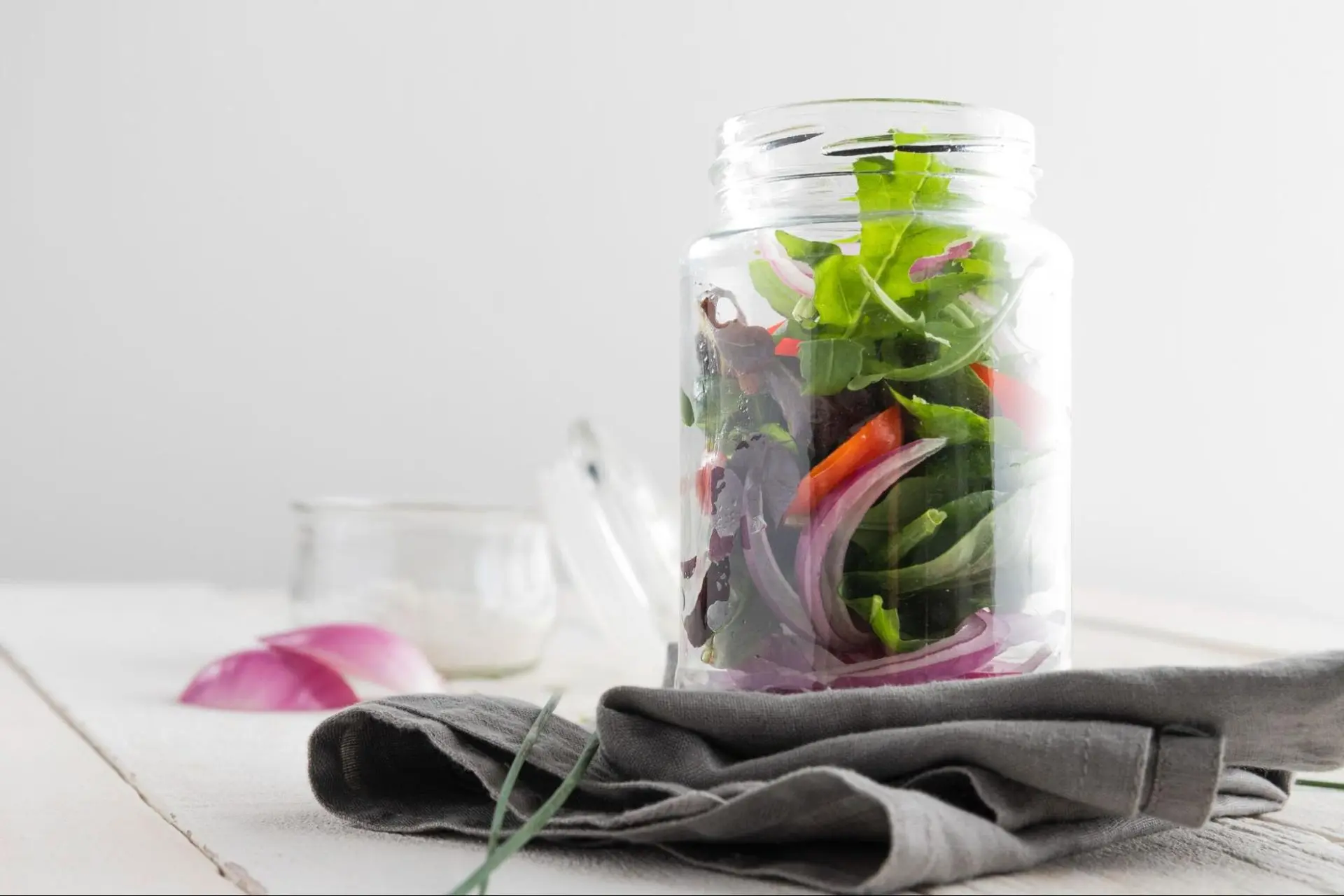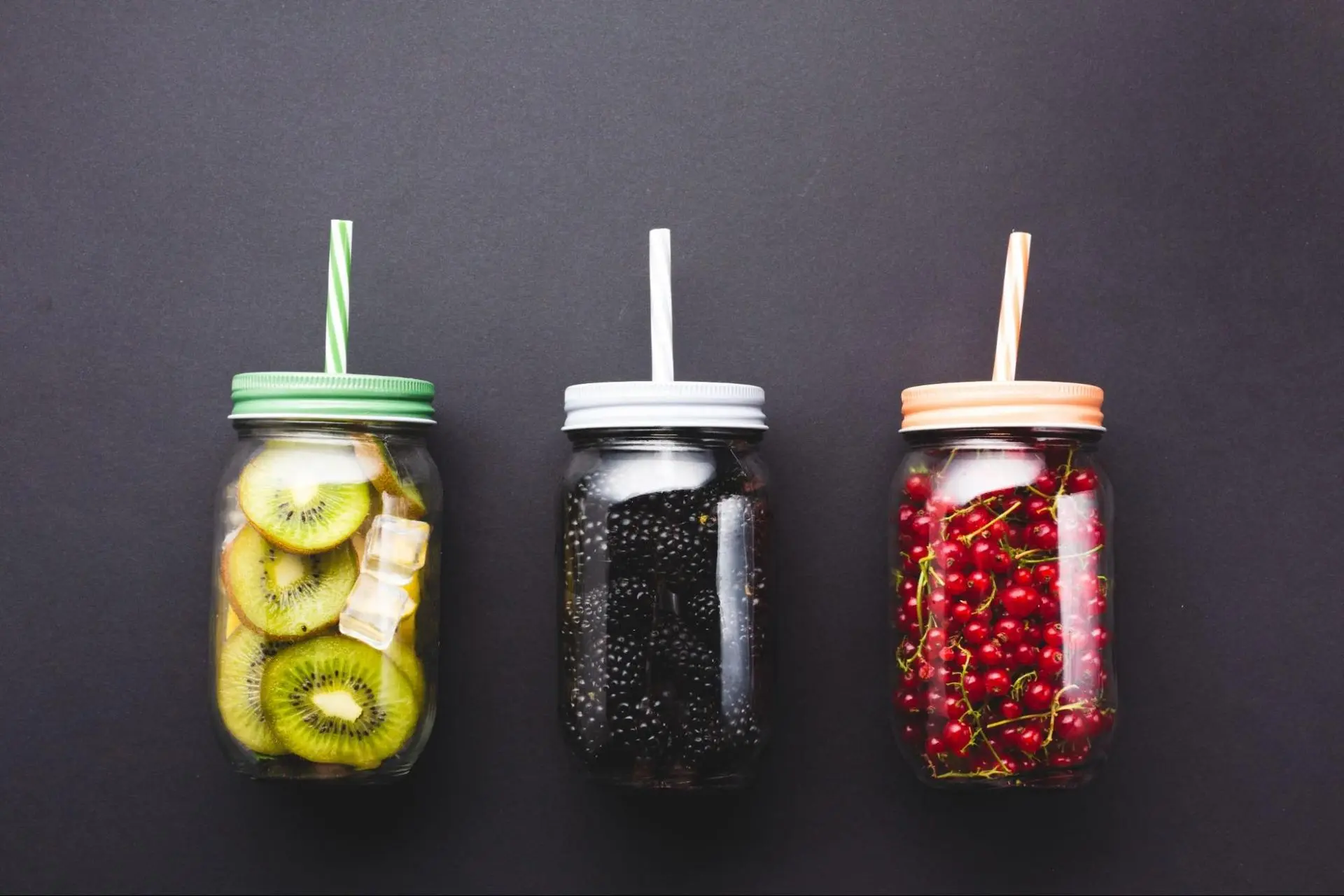As consumers increasingly demand to know their ecological footprint, companies are answering back with environmentally friendly packaging that keeps food safe and does not harm the planet in the process. Whether you are a restaurant owner or a food manufacturer, moving to sustainable food packaging isn't a choice, it's imperative for business growth and environmental responsibility.
The increased need for sustainable food packaging has grown as climate change and plastic pollution continues to affect our environment. Let's dive into why there is an urgent need for sustainable food packaging solutions and all you need to know about them, from the benefits of sustainable food packaging, to the future trends in sustainability, and the new laws around it.

What is Sustainable Food Packaging?
Sustainable packaging for food refers to materials and processes used to wrap, store, or transport food in ways that reduce environmental harm. They are made up of materials that focus on environmental protection throughout their entire product life cycle. The global food and beverage industry is experiencing a revolutionary shift toward environmental responsibility and sustainable food packaging is leading the charge.
In contrast to traditional plastic packaging that ends up in our landfills or oceans, food sustainable packaging involves the use of renewable materials and reducing waste through product recyclability and compostability, without compromising on food safety and quality. Consumers and companies alike are looking for alternatives that reduce ecological footprint without compromising on functionality.
Types of Sustainable Food Packaging
Three major types of sustainable food packaging include:
- Recyclable Packaging: Recyclable packaging is made from materials that can be remanufactured and reused in the creation of new products. These materials include cardboard, paper, aluminum glass, and some plastics. Recycling conserves energy and avoids waste from ending up in landfills or oceans.
- Biodegradable Packaging: Composed of natural origins like plant starch or fiber, these packaging materials can biodegrade over a period of time. Biodegradable packaging decomposes into harmless organic residues by active microorganisms and leaves little to no trace in the environment.
- Compostable Packaging: Compost materials go further beyond biodegradable packaging. When these materials are subjected to the appropriate conditions, they disintegrate into rich compost without emitting any toxins. Compost packaging not only fully breaks down but also deposits nutrients and other components that are very useful for the soil.
Advantages of Sustainable Food Packaging
Food packaging waste contributes to a high percentage of plastic pollution worldwide. According to the UN, around 36% of all plastic ever made is dedicated to packaging, and food and beverages are a big part of it. Implementing sustainable food packaging delivers measurable advantages across environmental, economic, and social dimensions.
Environmental Impact
- Waste Stream Reduction: Compostable and biodegradable packaging keeps materials out of landfills and incinerators, eliminating methane emission and air pollution while compostable packaging produces rich soil.
- Carbon Footprint Minimization: Low-energy-use sustainable materials need less energy to produce and emit fewer greenhouse gas emissions during their entire lifecycle.
- Prevention of Ocean Pollution: Sustainable packaging decomposes naturally without damaging ocean life or seeping into the food chain via micro plastic poisoning compared to traditional plastics that remain in the ocean environment for hundreds of years.
Social Benefits
- Impact on the Community: Supporting sustainable packaging often means supporting renewable material industries, innovative clean technology sectors, and local agriculture.
- Employee Engagement: Companies demonstrating environmental leadership often experience improved employee satisfaction and attract top talent who prioritize working for responsible organizations.
- Consumer Preference Alignment: Surveys consistently indicate increased consumer preference for environmentally safe products, with many willing to pay higher prices for sustainable products.
Economic Benefits
- Cost Reduction: Although there might be increased upfront costs for material, sustainable packaging always provides long-term cost savings in the form of reduced waste, enhanced brand image, and the advantages of regulatory compliance.
- Regulatory Compliance: Early adoption of sustainable packaging by companies ensures they remain ahead of the changing environmental laws and possible taxation of unsustainable packaging material.
- Competitive Advantage: Sustainable packaging ensures market differentiation and competitive advantages in growing environmentally aware markets.
New rules and bans around single-use plastic in Canada makes this even more urgent and companies that don't adapt may find themselves falling behind legally and competitively.
Common Challenges in Sustainable Food Packaging
Despite the significant benefits and advantages, companies may face several obstacles and roadblocks when transitioning toward sustainability that require strategic solutions to overcome.
- Cost Issues: Eco-friendly and sustainable materials tend to be more expensive than traditional options, affecting profit margins and necessitating price modifications. However, bulk buying and enhanced brand reputation benefits usually counterbalance the expense.
- Limited Supplier Network: The supply chain for sustainable packaging is less established than for traditional counterparts, raising concerns about supply security and narrowing negotiating leverage. You can work with specialized Canadian suppliers or sustainability consultants to source reliable materials.
- Temperature Sensitivity: Most biodegradable materials exhibit more limited range for temperature tolerance than traditional ones, restricting uses in frozen foods or hot-fill processes.
- Compatibility with Processing: Existing packaging equipment may require replacement or modification to handle sustainable materials effectively, requiring significant capital investments for many businesses.
- Scalability Limitations: Some innovative sustainable materials face production capacity constraints that may limit widespread adoption or create supply bottlenecks during high-demand periods.

Canadian Regulations for Sustainable Food Packaging
Canada is replacing harmful single-use plastics under the 2021 Single-Use Plastic Prohibition Regulations. For food businesses, this change implies that eco-friendly, sustainable packaging is not only better but mandatory. This includes:
- Plastic checkout bags
- Stir sticks
- Straws (with limited exceptions)
- Cutlery and food-service ware
- Ring carriers
Businesses can reduce their ecological impact while still delivering safe, functional, and attractive packaging. Investing in compliant, sustainable packaging for food will also save regulatory headaches down the road.
Future Trends in Sustainable Packaging
The sustainable packaging market keeps on developing at a fast pace, fueled by technology and policy shifts. Changing consumer sentiments will define the next wave of food packaging solutions and companies that remain ahead of the curve will gain consumers' trust and will have a place in a cleaner future. We can anticipate:
- Smart Designs: Combining sustainability with smart technology creates packaging that monitors food freshness, uses fewer materials, and provides supply chain transparency.
- Circular Economy: Designing packaging to be easily recyclable, reused, or repurposed, supported by technological platforms and changing consumer behaviors.
- Innovative Materials: Bioplastics and plant-based materials are gaining popularity. Materials such as seaweed and mushroom-based packaging are taking over as the new viable alternative to traditional plastics, offering sustainable sourcing.
- Minimalist Design: The 'less is more' approach is one of the main focuses with companies adopting simplicity and choosing to go with sleek designs by removing excessive and redundant packaging.
- Labeling Requirements: Mandatory environmental impact labeling to help consumers make informed choices while rewarding businesses investing in sustainable packaging solutions.

The journey toward transitioning to food sustainable packaging requires investment, commitment, and patients but the benefits extend far beyond environmental protection. Businesses embracing this transition today are positioning themselves as industry leaders.
As technology continues advancing and costs decrease, sustainable packaging for food will transition from competitive advantage to business necessity. If you’re looking to make a switch to sustainable food packaging, we’re here to help you reduce waste without compromising quality. Contact us today for eco-friendly glass packaging solutions tailored to your food and beverage business.
Sustainability represents more than an environmental initiative and is not just a trend, it’s a response to consumer demand, environmental urgency, and the evolving Canadian regulations. It’s also a strategic business opportunity that aligns profit with purpose. Whether you are a small café or a national food brand, making thoughtful packaging choices can drive meaningful change.